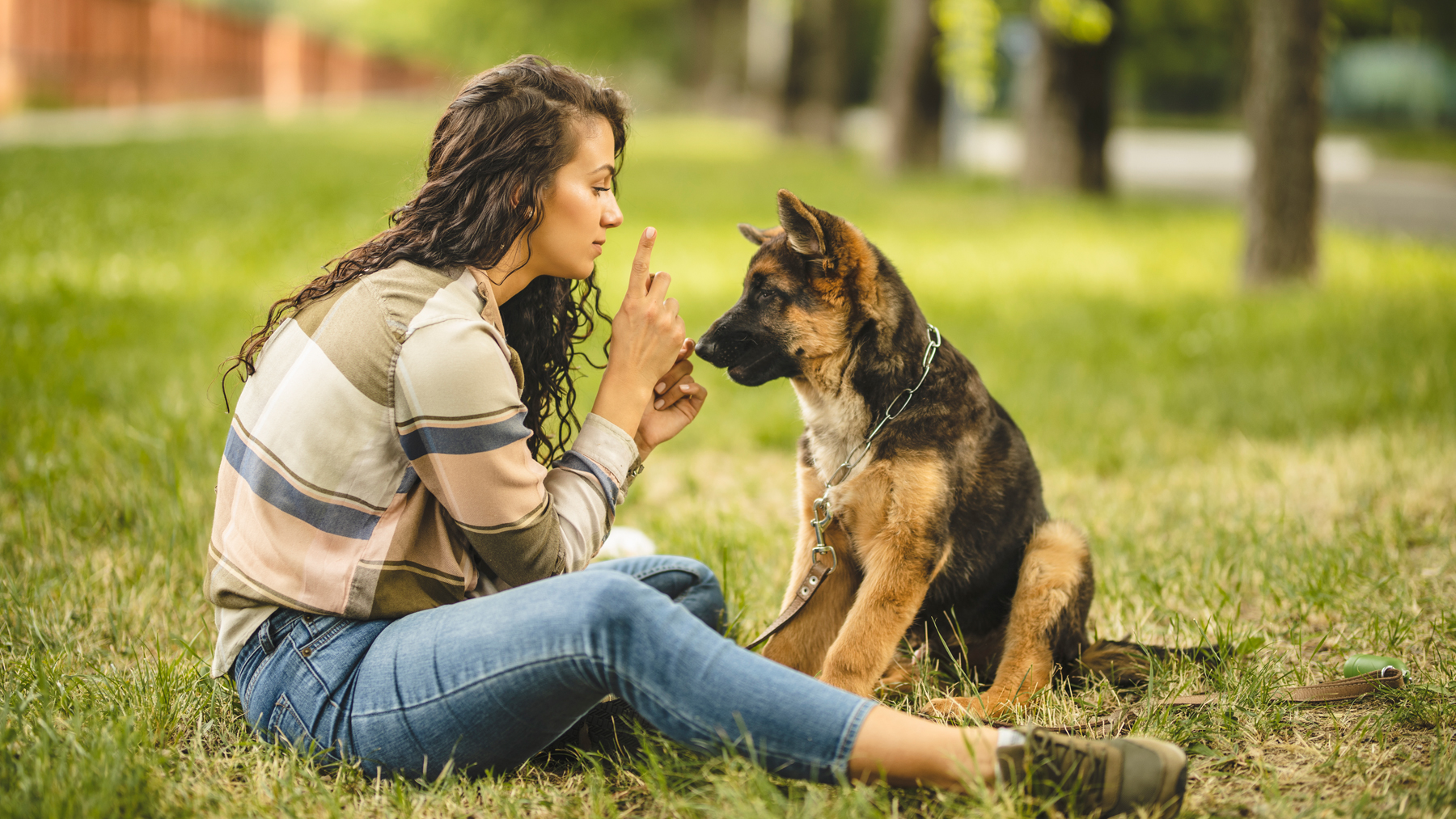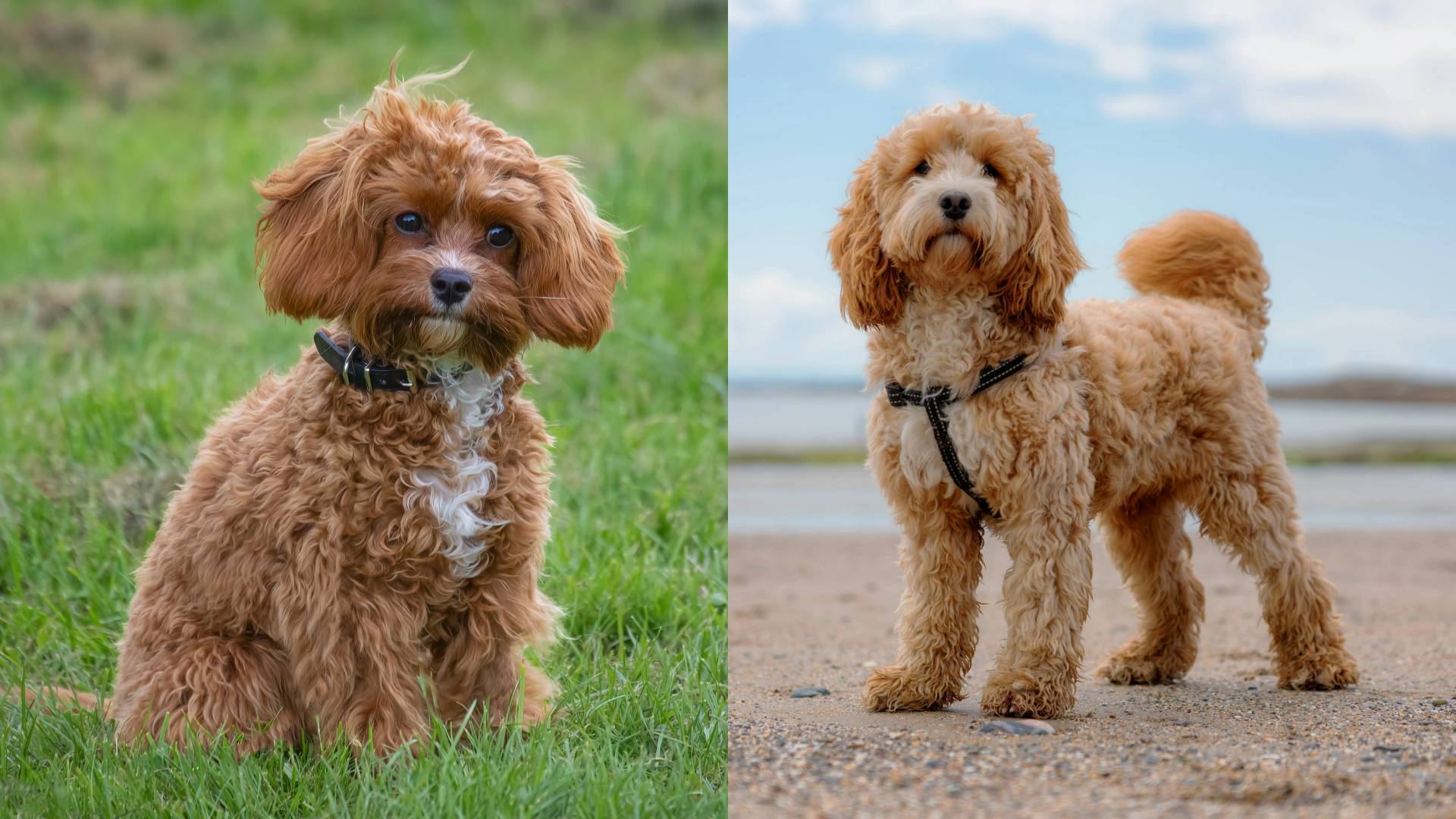Trainer reveals the three biggest mistakes we make when socializing puppies, and what to do instead
Want your puppy to feel confident in any situation? Try this trainer’s three tips for effective socialization

If you’ve just welcomed a new bundle of fluff into your family — congratulations! Puppies can infuse our lives with so much joy, but there’s no denying that bringing home a puppy for the first time can also include plenty of challenges.
From figuring out how to get a puppy to sleep through the night to choosing the right puppy food to help your little fur friend grow up big and strong, there’s a lot to think about during that first year of your puppy’s life. Add trying to properly socialize your canine companion to the list and it’s no wonder that so many pet parents find themselves struggling with the puppy blues.
Thankfully, expert trainer Amelia Steele has come to the rescue with a handy Instagram video where she outlines three of the most common mistakes pet parents make when it comes to socializing their puppy — and how you can avoid them. Here’s what she had to say…
A post shared by Amelia Steele (@ameliathedogtrainer)
A photo posted by on
1. Waiting until your puppy is fully vaccinated before you take them out: “Now yes, they can’t go on the floor and they can’t go for a walk before they’ve had all of their vaccinations. However, it’s perfectly safe to carry them around. You want them to start seeing things as soon as possible, so carrying them around either in your arms or in a sling is a really good way to safely expose them to sights and sounds.”
2. Only focusing on dog socialization: “Socializing your puppy with other dogs is a part of socialization but it shouldn’t be all of it,” Steele says. “In that sensitive phase between about eight and 16 weeks old, you want to make sure that your puppy is being exposed to different places, people, sights, sounds, smells, textures and even loud noises.”
3. Exposing your dog to every dog you meet or none of them: “It’s really important that you show your dog that it’s a balance,” explains Steele. “Sometimes they get to meet other dogs and sometimes you’ll just walk by. Yes it’s important they learn social skills but you also don’t want them to be meeting every single other dog. This in itself could cause reactivity long term.”
Helping your puppy to learn the ropes of what’s expected of them takes time, patience, and consistency. If you find that after several months of socializing your puppy, you’re not seeing the positive progress that you’d like, we recommend reaching out to a professional trainer for advice and guidance.
PetsRadar Newsletter
Get the best advice, tips and top tech for your beloved Pets
For more great puppy content to help your little one thrive in the first year of life, check out our guide to how to teach a puppy to sit.

Kathryn is a freelance writer who has been a member of the PetsRadar family since it launched in 2020. Highly experienced in her field, she's driven by a desire to provide pet parents with accurate, timely, and informative content that enables them to provide their fur friends with everything they need to thrive. Kathryn works closely with vets and trainers to ensure all articles offer the most up-to-date information across a range of pet-related fields, from insights into health and behavior issues to tips on products and training. When she’s not busy crafting the perfect sentence for her features, buying guides and news pieces, she can be found hanging out with her family (which includes one super sassy cat), drinking copious amounts of Jasmine tea and reading all the books.
